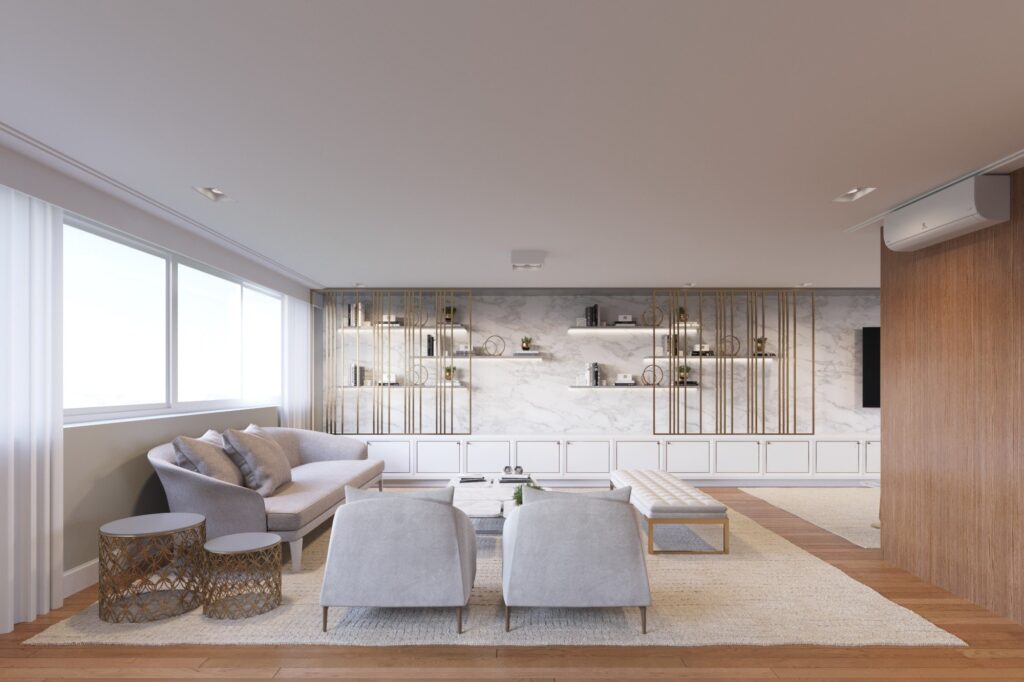Sustainable and elegant designs for modern living represent a thoughtful fusion of environmental responsibility and aesthetic refinement. In recent years, the concept of sustainability has moved from a niche consideration to a mainstream priority, as individuals and communities recognize the urgency of mitigating climate change and preserving natural resources. Modern architecture and interior design are increasingly embracing these principles, integrating eco-friendly materials, energy-efficient technologies, and biophilic elements that bring nature into living spaces. This approach not only minimizes environmental impact but also enhances the well-being of the inhabitants, creating spaces that feel harmonious, healthy, and connected to the natural world. One of the cornerstones of sustainable design is the use of renewable, recycled, or low-impact materials. From bamboo flooring to reclaimed wood furniture, designers are opting for materials that are both durable and environmentally responsible.

In addition, many modern homes now incorporate energy-efficient systems, such as solar panels, LED lighting, and smart home technologies that reduce energy consumption and enhance the functionality of the space. These innovations not only contribute to lower energy bills but also reduce the overall carbon footprint of the household. Water conservation is another critical element in sustainable design. Features like low-flow fixtures, rainwater harvesting systems, and greywater recycling are becoming more common in modern homes. These Architectural Outsourcing systems not only reduce water usage but also support a more sustainable lifestyle by minimizing waste. Additionally, passive design strategies such as natural ventilation, strategically placed windows for optimal daylight, and green roofs—help maintain comfortable living environments while reducing the need for artificial heating and cooling. Sustainability, however, does not come at the expense of elegance.
In fact, many modern designers find that sustainable materials and practices often lead to more innovative and visually striking results. Natural materials like wood, stone, and clay bring warmth and texture into a space, creating an organic aesthetic that contrasts with the sleek, minimalist lines often associated with modern architecture. Sustainable design also encourages creativity in repurposing materials, whether it is transforming industrial elements into furniture or incorporating artisanal craftsmanship into the home. This blend of the old and newly creates a timeless quality, where beauty is enhanced by a sense of purpose and responsibility. Moreover, sustainable designs for modern living often embrace biophilic design principles, which emphasize the human connection to nature. This can be seen in homes that feature indoor gardens, large windows that frame natural landscapes, or the use of materials that mimic natural textures and colors. Such designs not only foster a deeper connection to the environment but also have psychological benefits, promoting relaxation, reducing stress, and improving air quality.
You may also like
-
Expert Tree Surgeons Bringing Life, Balance, and Beauty to Your Garden
-
Paynet Mobile Recharge Service Provider Ensures Fast and Secure Payments
-
Affordable Tree Surgeon Services Offer Efficient and Long-Lasting Tree Care
-
Top Benefits of Outsourcing Tax Planning for Growing Firms in 2025
-
Top Benefits of Hiring a Picking and Packing Company for Your E-Commerce Business